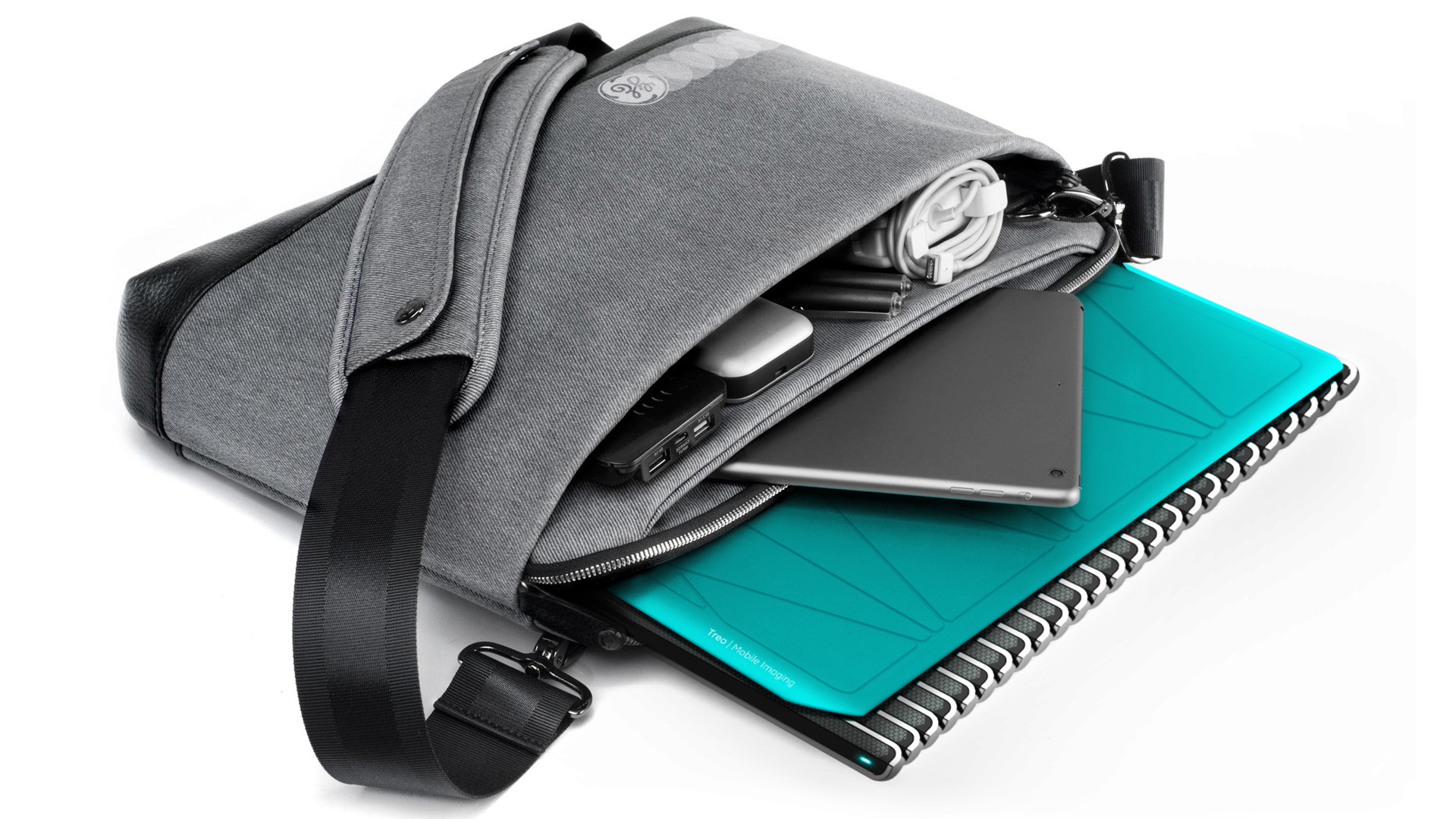GE Healthcare is a worldwide brand and developer of medical device technologies, but so much more. Through their products and innovation in everything from medical imaging and diagnostics to information technologies and patient monitoring systems they have changed the quality and speed at which people are able to receive medical care. Philip Stankard, Industrial Designer at GE Healthcare Global Design, is part of the team bringing new ideas to the medical technologies world. He tells us what sparked his interest and how KeyShot is used throughout their design process.
Modeling software used: Rhino, Alias, PTC Creo
Website: gehealthcare.com
 What first sparked your interest in product design?
What first sparked your interest in product design?
I was fortunate to be accepted into Syracuse University’s Visual and Performing Arts school and it was there I first learned about their Industrial and Interaction Design program. Before being accepted, I was only familiar with studio fine arts and not the full breadth of commercial design. During those formative years, I was focused on user-centered design methodologies and 3D modeling / rendering visualization techniques–areas that still interest me today.
 What is involved in the design process at GE Healthcare?
What is involved in the design process at GE Healthcare?
Our design philosophy at GE Healthcare Global Design is “The Magic of Science and Empathy”. At the core of any GE medical device is a powerful engine of scientific medical technology, wrapped in our brand’s product design identity. Starting with the patient first, then working outwards, we note the areas of opportunity and provide user-centered design solutions for everyone involved with our equipment. GE’s product development process follows the Build, Measure, and Learn cycle; requiring low-investment, minimally viable products to gain insight and feedback on our design concepts.
These low-fidelity prototypes often can be a photo-realistic KeyShot rendering depicted as a full-size poster to simulate the design. The photo-realism achieved is so believable that we will have passionate discussions with customers and stakeholders regarding the design direction. Our studio has future plans to import our 3D concepts into a VR setting to virtually evaluate concept, function, and form. This will enable another level of design discussions from our customers and program stakeholders. Our process stresses the importance of prototyping. By having these types of virtual, low-fidelity prototypes we can quickly gain insight to pivot or persevere on any given program.
What is the primary 3D modeling software?
Our studio uses Rhino and Alias to develop quick, 3D concepts for internal and external evaluation. When the concept reaches a finalized stage, we use PTC Creo to maintain our design intent for our manufacturing engineering teams.
Where along the process is KeyShot used?
KeyShot is used at every phase of the design process, from initial concept generation to finalizing colors, materials, and textures with manufacturing suppliers. KeyShot’s ability to help communicate our design vision has enabled richer design discussions with patients and medical professionals, allowing us to experiment and push the medical industry forward. One area that we have not yet used KeyShot for is to replace our product photography for marketing. Creating VR demos, animations, and engaging still shots for trade-shows and web would be a great future use of KeyShot.
What’s the latest project KeyShot has been used on?
KeyShot was instrumental in the Gold IDEA Award winning design, Treo. Treo is an advanced concept for the future of mobile, medical imaging. Utilizing an innovative, hinged design; Treo can be wrapped around a patient’s extremities for a three-dimensional scan or used in its flat state for two-dimensional scans of larger anatomy. Included with the Treo imaging system is a soft imaging detector pad and an app for image review. Able to go anywhere the patient is; Treo inspires to shrink brick and mortar medical imaging equipment to a mobile form-factor, benefiting both the patient and professional.
How has KeyShot helped save time, money and/or improve quality?
KeyShot helps our design process in so many ways. Communicating our design to non-designers is a key part of what we do as industrial designers. Being able to show the patient or medical professional a rendering or an animation of what the product concept will be, before ever investing any money towards prototyping or manufacturing, is a very powerful tool. This has strengthened our virtual prototyping capabilities and enabled us to show what the future of healthcare will become. KeyShot also enables us to make confident decisions with suppliers and model makers with regards to selecting product colors, materials, and evaluating form. Being able to see variations on screen vs. spending money to see the variations in physical product has quickened our decision making process, saving us so much time, money, and reducing all doubts of whether or not this design decision is the right choice. It’s exciting to see KeyShot expand its features and grow alongside our product design industry by staying connected to the design community and anticipating our needs.
What advice would you give to someone interested in doing what you do?
Always stay curious! Uncovering truths and solving problems is the core of industrial design.






